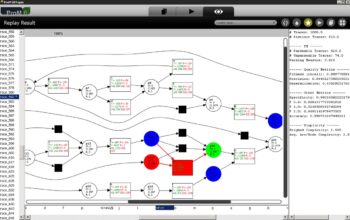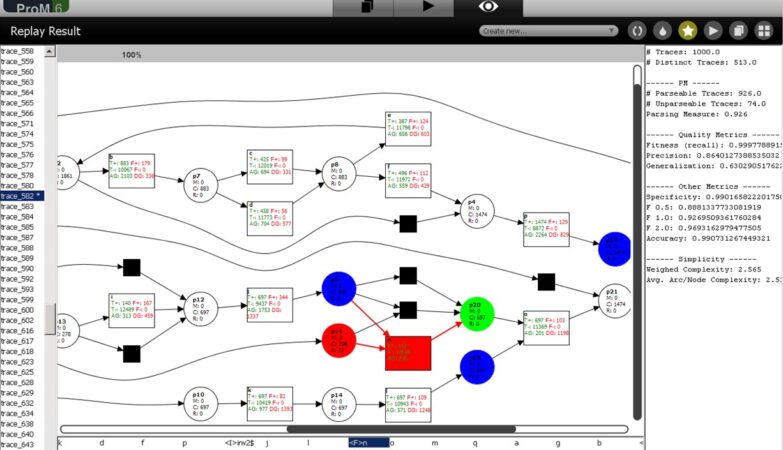In the rapidly evolving world of e-learning, educators and course creators are always looking for innovative ways to enhance the learning experience. One of the most exciting tools that have emerged to improve accessibility and engagement in online courses is the video QR code. By integrating this technology into your e-learning platform, you can create a more interactive and seamless experience for your students. Let’s explore how video QR codes can transform the way online courses are delivered and accessed.
What is a Video QR Code?
A video QR code is a type of QR code that links directly to a video when scanned. Instead of just pointing to a website or document, these codes provide instant access to educational videos, tutorials, or even entire video lessons. Using a video QR code generator, you can easily convert any video into a scannable code, enabling students to access valuable content with just a simple scan using their smartphones or tablets.
In e-learning, this technology offers an intuitive way for learners to engage with video content without needing to search through multiple platforms or log into separate systems. Whether it’s a recorded lecture, an instructional video, or supplementary content, video QR codes make learning more efficient and accessible, especially for students on the go.
Enhancing Course Accessibility with Video QR Codes
One of the most significant advantages of using video QR codes in e-learning is their ability to enhance course accessibility. Traditional online courses often require students to navigate multiple platforms to access video content. This can sometimes lead to confusion, frustration, or missed materials. However, with a video QR code generator, instructors can create a direct link to the video content, making it much easier for students to access resources without unnecessary steps.
For example, in a course that includes video tutorials, you can place video QR codes in study guides, printed materials, or even on slides during live lessons. By scanning the code, students can instantly watch the video on their phones or computers. This eliminates the need for them to log into a separate system or search for the video, ensuring they stay focused on their learning experience.
Promoting Interactive Learning with Video QR Codes
Incorporating video QR codes into e-learning can also foster more interactive learning experiences. For instance, instructors can create supplementary video content that provides deeper explanations of complex concepts. Instead of simply reading static materials, students can scan a QR code and watch a short video that breaks down the lesson in a more visual and engaging way.
Interactive learning can also be enhanced by incorporating quizzes or challenges within video content. After watching a video, learners could scan a follow-up QR code to access an interactive quiz that tests their understanding. This adds an element of gamification to the learning process, motivating students to engage more actively with the course materials.
Streamlining Course Management
For course creators and educators, video QR codes offer a more streamlined approach to course management. With the help of a qr code generator, instructors can easily track which videos are being accessed and when, providing valuable insights into student engagement. This data can be used to refine course content, ensuring that students have access to the materials they need to succeed.
Additionally, video QR codes make it easy to update or replace video content without disrupting the course flow. If a video needs to be revised or replaced, all the instructor has to do is update the link behind the QR code. Since students are using the same QR code to access the content, there’s no need for them to take any additional action. This flexibility ensures that the course remains relevant and up-to-date, improving the overall learning experience.
Expanding Reach Beyond Traditional Platforms
Another great benefit of using video QR codes in e-learning is the ability to expand the reach of your courses beyond traditional learning management systems (LMS). While many online courses are hosted on specific platforms, video QR codes allow you to share your content in a variety of places, from printed materials to physical locations, and even social media. This opens up opportunities for a broader audience to access your educational videos.
For example, a trainer could place video QR codes on flyers, posters, or brochures at conferences, libraries, or community centers, making it easier for potential students to access course previews or free lessons. This increases the visibility of your courses and attracts new learners who may not have discovered your content through traditional online marketing efforts.
Conclusion
In conclusion, video QR codes are a powerful tool that can significantly enhance the e-learning experience. With the help of a video qr code generator, educators and course creators can easily integrate video content into their online courses, making learning more interactive, accessible, and engaging for students. From improving accessibility to promoting interactive learning and expanding reach, the benefits of using video QR codes are undeniable. As e-learning continues to grow, embracing innovative technologies like video QR codes will help ensure that students have the best possible experience. By utilizing a qr code generator, you can streamline course management and provide a seamless learning environment that meets the demands of today’s digital learners.








